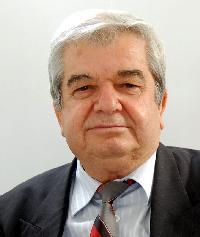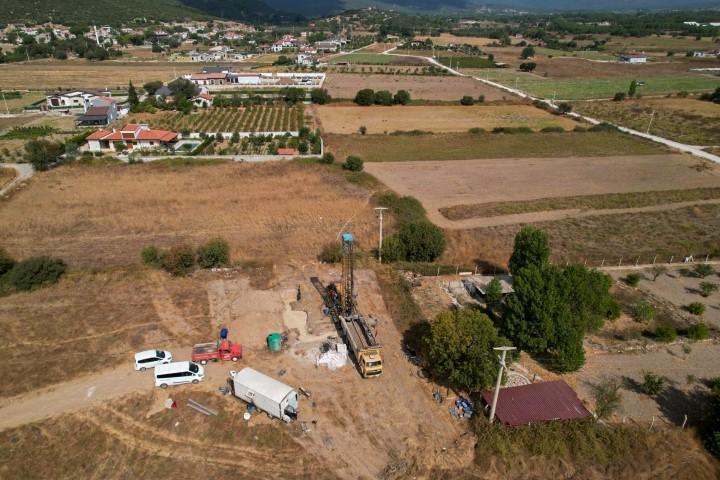Hagia Sophia's Rich History: From Church to Mosque to Museum
6 Kasım 2023, Pazartesi 16:07| Tweet |
The Hagia Sophia, an architectural wonder nestled in the heart of Istanbul, is a monument that has borne witness to the ebb and flow of centuries, serving as a living testament to the intersection of faith, culture, and power. This iconic structure has traversed the boundaries of religious beliefs, cultural influences, and shifting political landscapes throughout its existence.
Originally known as Ayasofya in Turkish, this magnificent edifice was erected in 537 AD by the Byzantine Emperor Justinian I, marking a pivotal moment in architectural history. It was conceived as a cathedral to honor the wisdom of God, aptly named "Hagia Sophia," which translates to "Holy Wisdom." For nearly a millennium, it stood as the primary place of worship for Eastern Orthodoxy.
However, in 1453, following the fall of Constantinople to the Ottoman Empire under Sultan Mehmed the Conqueror, Hagia Sophia underwent a transformation that would alter its identity profoundly. It was converted into a mosque, becoming a symbol of Islamic rule and undergoing architectural changes to accommodate Muslim worship.
The early 20th century saw another shift in Hagia Sophia's destiny, as Mustafa Kemal Atatürk, the founder of modern Turkey, decreed its conversion into a museum in 1935. This transition signified the harmonious coexistence of its Christian and Islamic heritage in the secularized Turkish Republic. Another prominent landmark in Istanbul is the Galata Tower, easily spotted in the city's skyline.
Part I: The Birth of Hagia Sophia
The birth of Hagia Sophia, originally known as Ayasofya in Turkish, is a remarkable chapter in architectural history. This magnificent edifice was commissioned by the Byzantine Emperor Justinian I and completed in the year 537 AD. Its construction heralded a momentous epoch in architectural evolution.
The grand vision for Hagia Sophia was to create a cathedral dedicated to the wisdom of God. Its name, "Hagia Sophia," is translated as "Holy Wisdom." For almost a millennium, it served as the primary church of Eastern Orthodoxy, marking a focal point of Christian worship.
Hagia Sophia's architecture is a testament to the extraordinary ingenuity and ambition of the Byzantine Empire. The colossal dome, ingeniously supported by intricately designed pendentives, became an enduring source of inspiration for architects across generations. The interior was adorned with awe-inspiring mosaics, depicting religious scenes, many of which miraculously endure to this day.
The construction and design of Hagia Sophia were groundbreaking, setting new standards in architectural and engineering achievements. Its significance transcends time, and its legacy as a symbol of architectural excellence and spiritual devotion continues to captivate and inspire generations worldwide.
Part II: A Change of Faith
In the year 1453, a monumental transformation swept over Hagia Sophia, altering its very essence. This transformation was instigated by the conquest of Constantinople, now known as Istanbul, by the Ottoman Empire under the leadership of Sultan Mehmed the Conqueror. With this pivotal event, Hagia Sophia's identity underwent a profound and enduring shift.
The majestic Hagia Sophia, once a bastion of Eastern Orthodox Christianity, was converted into a mosque, marking a change of faith that would persist for nearly five centuries. This transformation was not merely symbolic; it was a physical and cultural metamorphosis. The structure was outfitted with minarets, towering structures used for the call to prayer, a testament to the change in its religious function. The Christian mosaics that adorned the interior were replaced with Islamic calligraphy and decorative elements, signaling the arrival of a new era.
Hagia Sophia was reborn as an embodiment of Ottoman architectural and cultural identity. It became an iconic symbol of Islamic rule in the region, reflecting the grandeur and influence of the Ottoman Empire. This transformation of faith within Hagia Sophia marked a pivotal chapter in its long and intricate history, a chapter that would echo through the centuries to come.
Part III: Hagia Sophia Becomes a Museum
Hagia Sophia's transformation into a museum in 1935 marked a pivotal moment in its long history. This decision was orchestrated by Mustafa Kemal Atatürk, the visionary founder of modern Turkey, as part of a broader effort to secularize and modernize the newly established Turkish Republic. The move aimed to bridge the gap between Turkey's Islamic heritage and its modern, secular aspirations.
Under this new role, the grand structure served as a symbol of unity between different cultural and religious identities. Christian mosaics, which had been concealed during its time as a mosque, were unveiled and celebrated once again, signifying a harmonious blend of the building's Christian and Islamic past.
Hagia Sophia as a museum welcomed visitors from around the world, providing a space for cultural exchange, historical appreciation, and interfaith dialogue. Its architectural magnificence, adorned with remarkable mosaics, made it an international attraction, transcending the boundaries of faith and culture.
For decades, Hagia Sophia flourished as a museum, cherished for its historical significance and architectural beauty. However, its status as a museum would eventually be challenged, sparking fresh debates about its identity and purpose in the modern world.
Part IV: Contemporary Controversy
Contemporary Controversy surrounding Hagia Sophia revolves primarily around its change in status. In July 2020, the Turkish government's decision to reconvert Hagia Sophia from a museum into a mosque sparked considerable debate and reaction both within the country and on the global stage.
The move represented a significant shift in the use of this iconic building. While many celebrated it as a return to its Islamic roots and a symbol of national pride, it also raised concerns and criticisms. Some saw it as a departure from the secular principles set by Mustafa Kemal Atatürk, who had transformed it into a museum in 1935 as part of Turkey's modernization efforts.
This decision had broader implications, stirring discussions about the preservation of historical and cultural heritage, religious freedom, and Turkey's evolving political landscape. It prompted reactions from various nations, religious leaders, and cultural organizations, further emphasizing the global significance of Hagia Sophia.
The controversy continues to provoke conversation and reflection about the delicate balance between history, heritage, and modern society, as well as the intersection of politics and religion in our world today. Hagia Sophia remains not only a symbol of the past but a complex and evolving representation of contemporary issues.
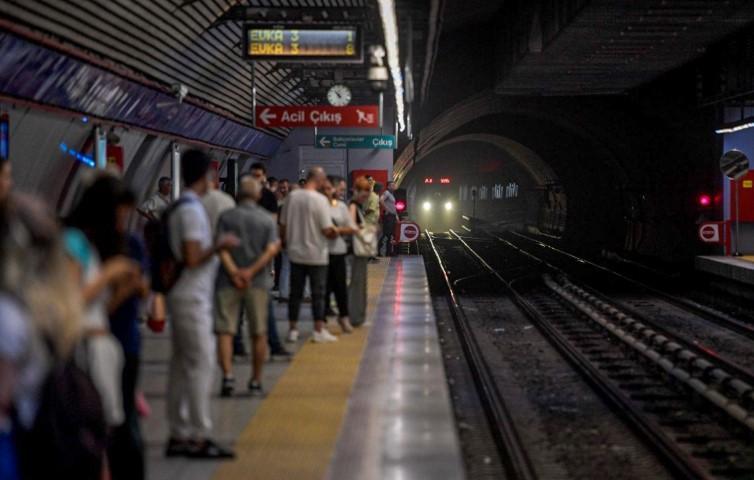
ESHOT, İZULAŞ, İZDENİZ, Metro ve Tramvay işletmeleri 31 Aralık gecesi sefer saatlerini
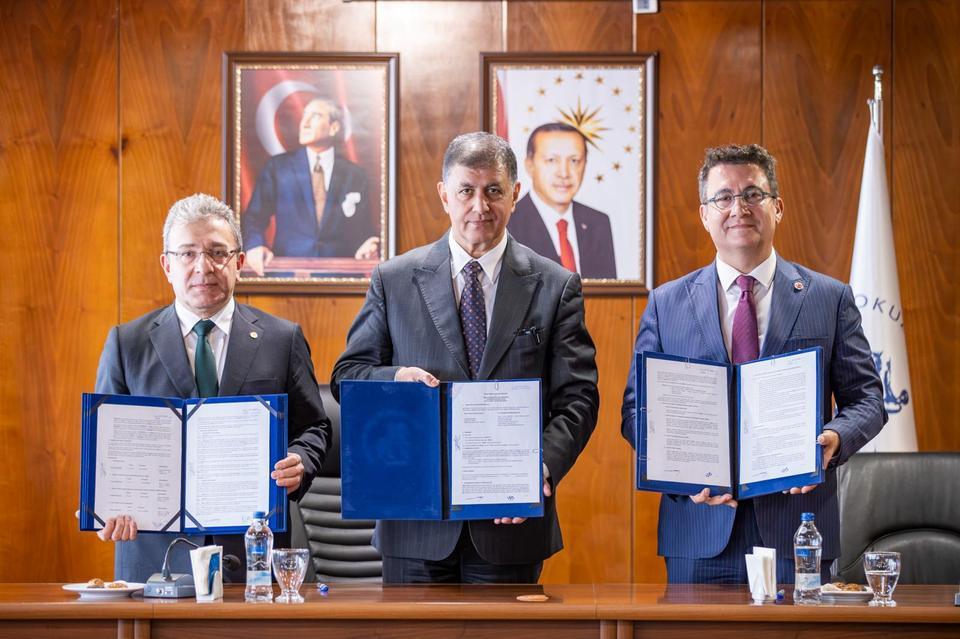
İzmir’i depremlere karşı daha güvenli ve dirençli hale getirmek

İzmir Büyükşehir Belediye Başkanı Dr. Cemil Tugay’ın eğitimde fırsat

Suskunluğun sesini duyan bir yerden geliyor Deniss. Cevaplardan çok sorulara,

İzmir Büyükşehir Belediyesi İtfaiye Dairesi Başkanlığı, 2025 yılına ilişkin

CHP, İYİ Parti ve DEM Parti Aliağa ilçe başkanları, 28 bin 75 lira 50 kuruş
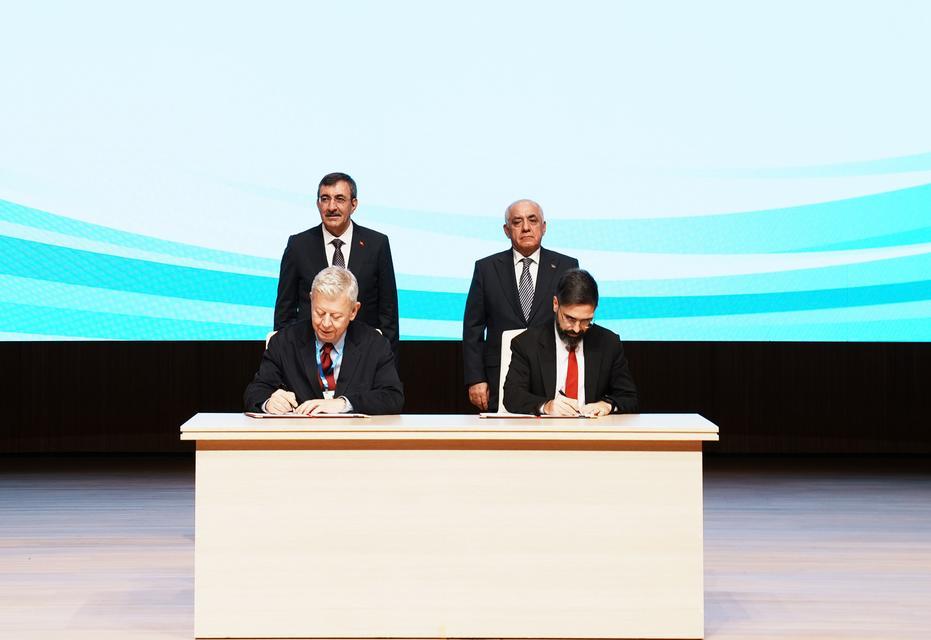
SOCAR Türkiye, GAMA Enerji’nin Doğal Gaz Kombine Çevrim Santrali’ni

Aliağa Şoförler ve Otomobilciler Esnaf Odası Başkan Adayı Murat Doğan, ilçedeki

Aliağa Belediyesi personelinin sürpriz doğum günü kutlamasında konuşan

Aliağa Esnaf ve Sanatkârlar Odası’nın olağan genel kurulu 26 Ocak’ta

İMEAK DTO Aliağa Şubesi’nde yılın son meclis toplantısı gerçekleştirildi.
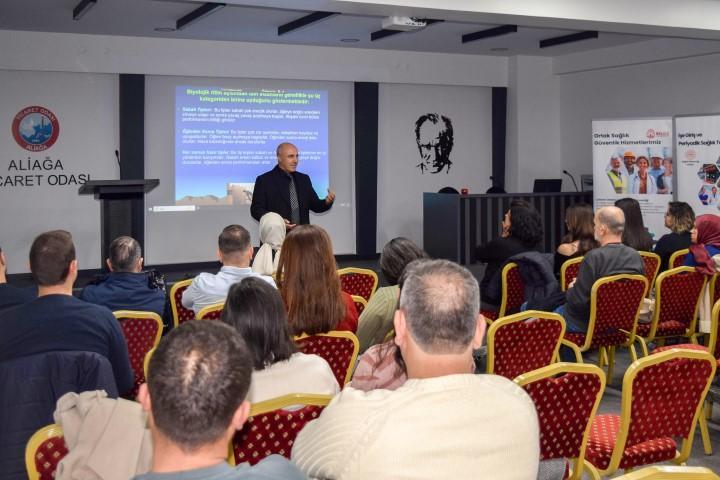
Aliağa Ticaret Odası (ALTO) ve Bilge Akademi iş birliğiyle düzenlenen “Zaman

Ziraat Türkiye Kupası B Grubu ilk maçında Aliağaspor FK, deplasmanda karşılaştığı

İZSU, kış yağışları öncesi İzmir genelinde 12 ilçede binlerce yağmur suyu
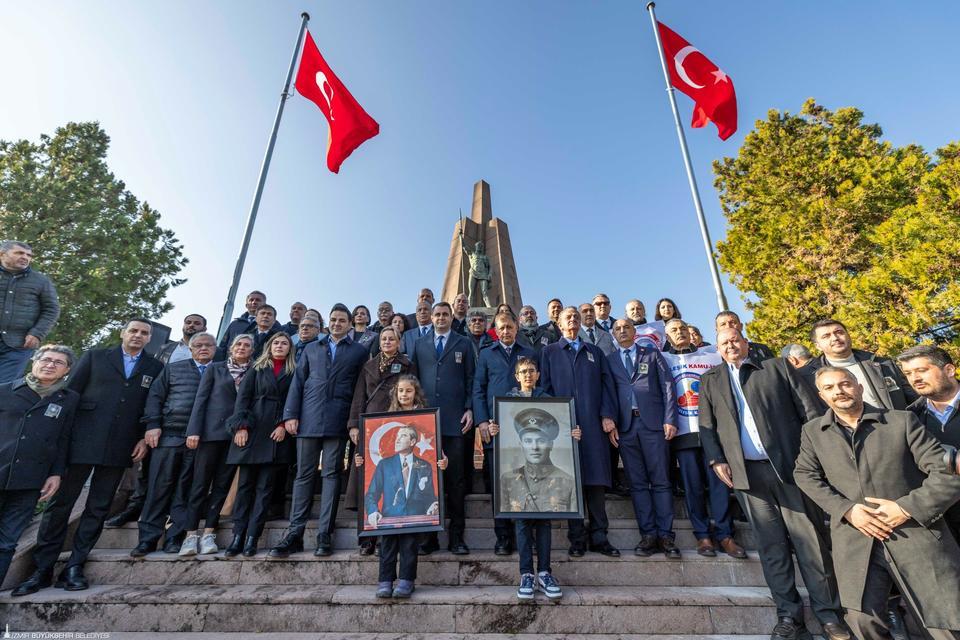
Türkiye Cumhuriyeti’nin ilk devrim şehitleri Asteğmen Kubilay ve silah

CHP İzmir Milletvekili Rıfat Nalbantoğlu, kabul edilen 2026 bütçesini

AK Parti İzmir Milletvekili Ceyda Bölünmez Çankırı, depremde zarar
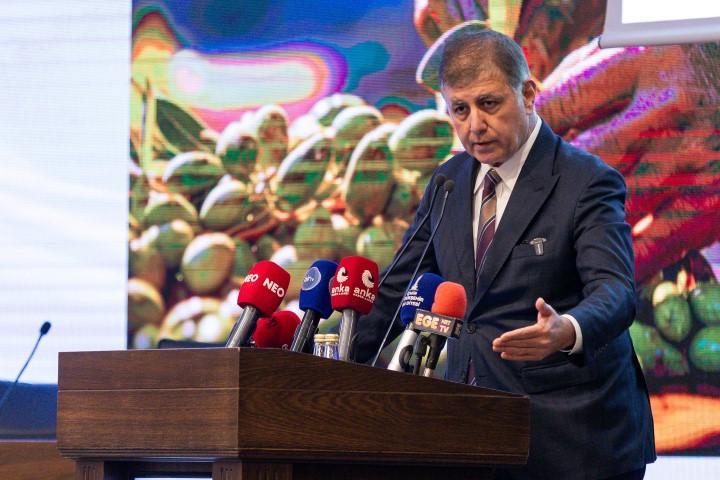
İzmir Büyükşehir Belediye Başkanı Cemil Tugay, İzmir Kooperatifçilik

Aliağa Siteler Mahallesi’nde, protokol ve vatandaşların yoğun katılımıyla açılan

Günümüzde birçok insan, büyük şehirlerin kalabalığından

Kişisel bakım dünyası artık sadece makas ve fırça darbelerinden ibaret

FIBA Europe Cup N Grubu’nun 2. maçında Aliağa Petkimspor, sahasında Casademont

Aliağa Esnaf ve Sanatkârlar Odası Başkan Adayı Ozan Yıldızbaş, iki önemli

Aliağa Şoförler ve Otomobilciler Esnaf Odası başkan adaylığını açıklayan

Nesine 2. Lig Kırmızı Grup 16. hafta mücadelesinde Aliağaspor FK, sahasında konuk

CHP Aliağa İlçe Başkanı Barış Eroğlu, Aliağa Belediye Başkanı Serkan Acar’ın

Azerbaycan'ın merhum Cumhurbaşkanı Heydar Aliyev, vefatının 22. yılında Aliağa’da

